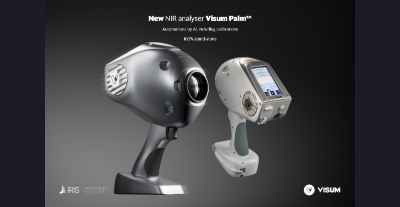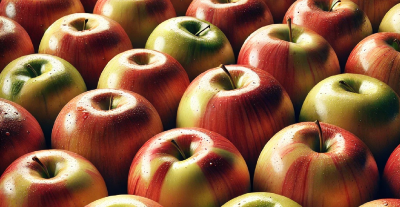
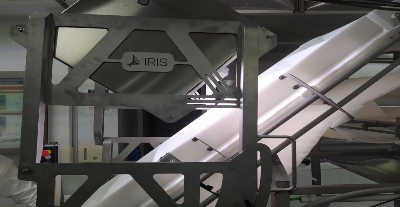 Detection of defects in fish loins using machine vision and deep learning
Detection of defects in fish loins using machine vision and deep learning
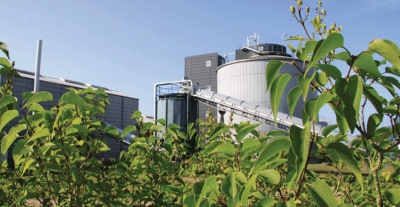 Real-time monitoring of biofuels with NIR spectroscopy
Real-time monitoring of biofuels with NIR spectroscopy

Sorting and quantification of organic waste
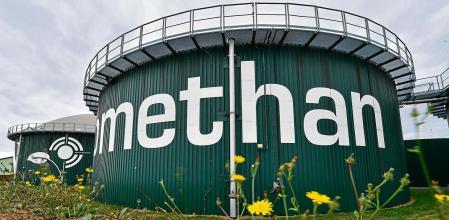
Sorting and control of organic waste in biogas production
In this article we will discuss how it is possible to optimize the treatment of organic municipal solid waste used for biogas production with hyperspectral technology to improve the quality and yield of biomethane, based on the application that IRIS Technology has developed for the Biomethanization Plant of Las Dehesas (FCC), in Madrid based on its Visum HSI™ organic waste sorting system.
The problem of organic waste separation
In the last year alone, the Spanish economy generated more than 138 million tons of waste, of which only 15% was reused to manufacture new products, by-products or raw materials. Moreover, Spain is still below the EU target of recycling 50% of Municipal Solid Waste (MSW) also stipulated in Law 22/2011 on waste and contaminated soils. Despite the fact that some communities have managed to achieve high recycling rates, organic waste remains one of the main headaches for the Administration and waste treatment and recycling plants.
This is because a large part of the organic fraction of municipal solid waste (MSW) is contaminated with inorganic materials, mainly packaging – another of the great challenges of recycling – and plastics, where optical sorting and spectroscopy technologies have become great allies.
Biogas production
One of the main destinations for the reuse and revaluation of organic waste is the production of biogas, which is converted in biomethanization plants into biomethane, a type of gas suitable for injection and commercialization in the gas network, complying with certain quality and safety standards. In these plants, such as the one in Las Dehesas in Madrid, the organic fraction of the solid waste is treated to avoid high percentages of “improper” (presence of inorganics) which, once in the biodigesters, cannot be used in the fermentation process and, consequently, the result is a suboptimal quality and performance of the process and the final product.
To this end, IRIS Technology, within the framework of the European Scalibur project, installed an HSI™ hyperspectral imaging system in the FCC line in order to quantify and classify waste according to whether it is organic or inorganic. Beyond the various intermediate controls, the removal of bulky waste, plastic bags, etc., knowing the percentage of organic waste is a key parameter for adjusting the biological process that takes place in the digesters.
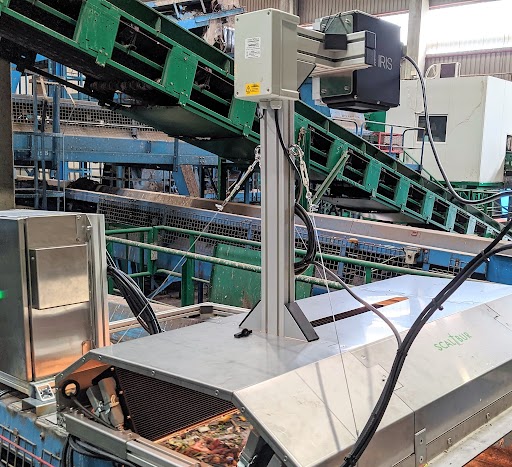
Separation of organic and inorganic waste
The organic waste sorter Visum HSI™ based on hyperspectral technology allows to obtain real-time data on the percentage of organic and inorganic waste, as well as to locate the different components on the conveyor belt, to know the average composition of the waste, to monitor the evolution of the waste composition over time and to extract useful information for decision making in waste management, production and circularity.
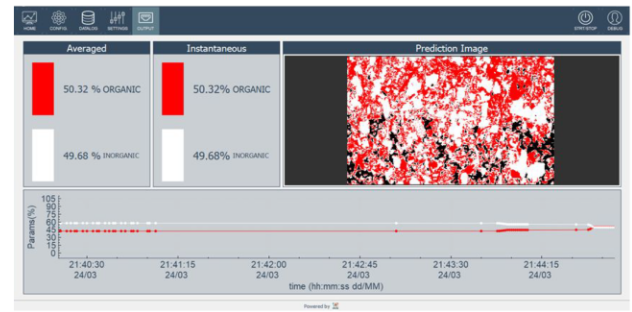
The implementation of the HSI system has allowed FCC to monitor in real time the waste in order to improve the flow corresponding to the organic fraction and, consequently, a fermentation process with a lower level of impurities, maximizing the key parameters of the fermentation process.
For more information about this project and the technology, please visit Scalibur’s website or write to our mail: news@iris-eng.com
